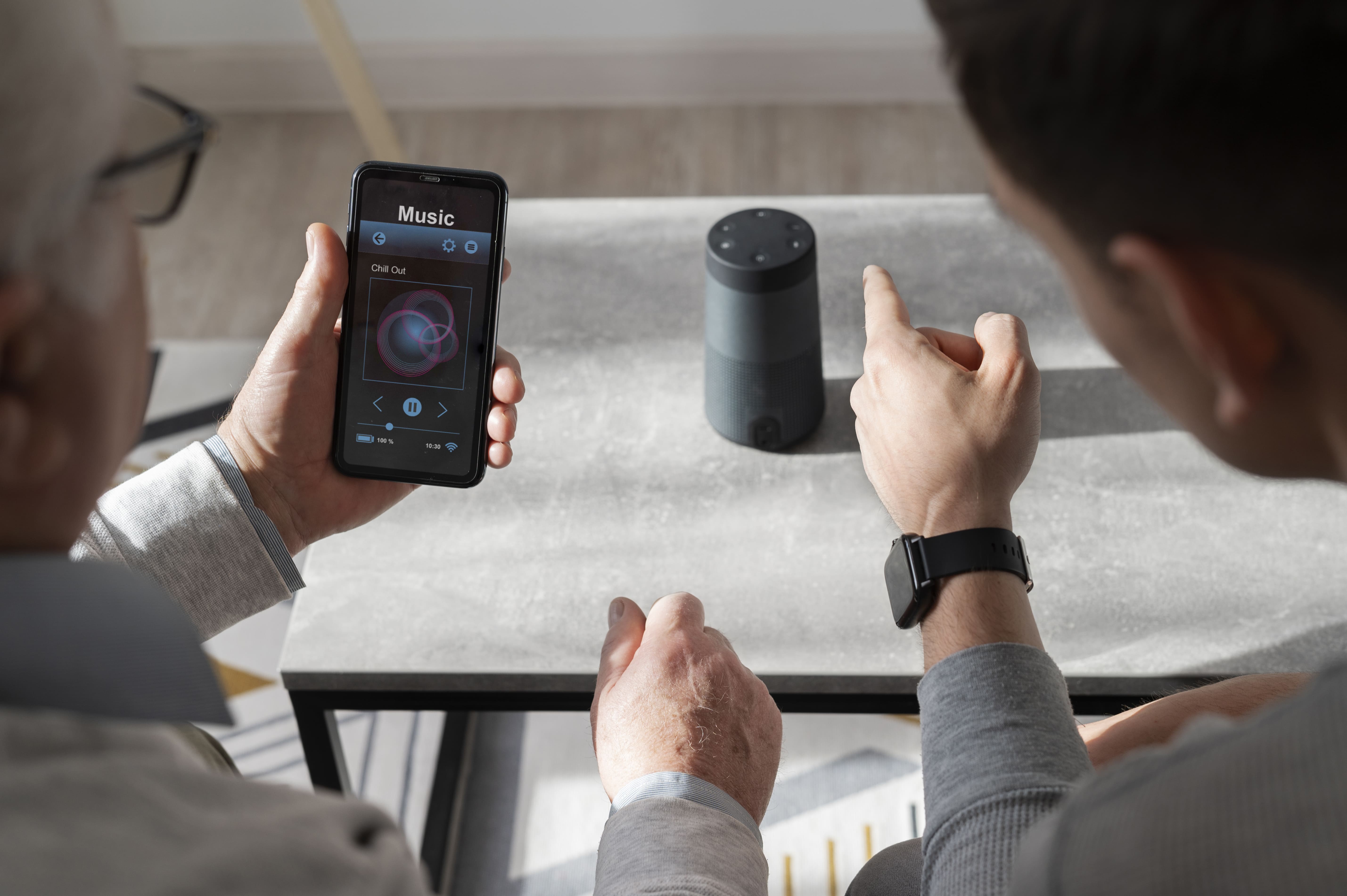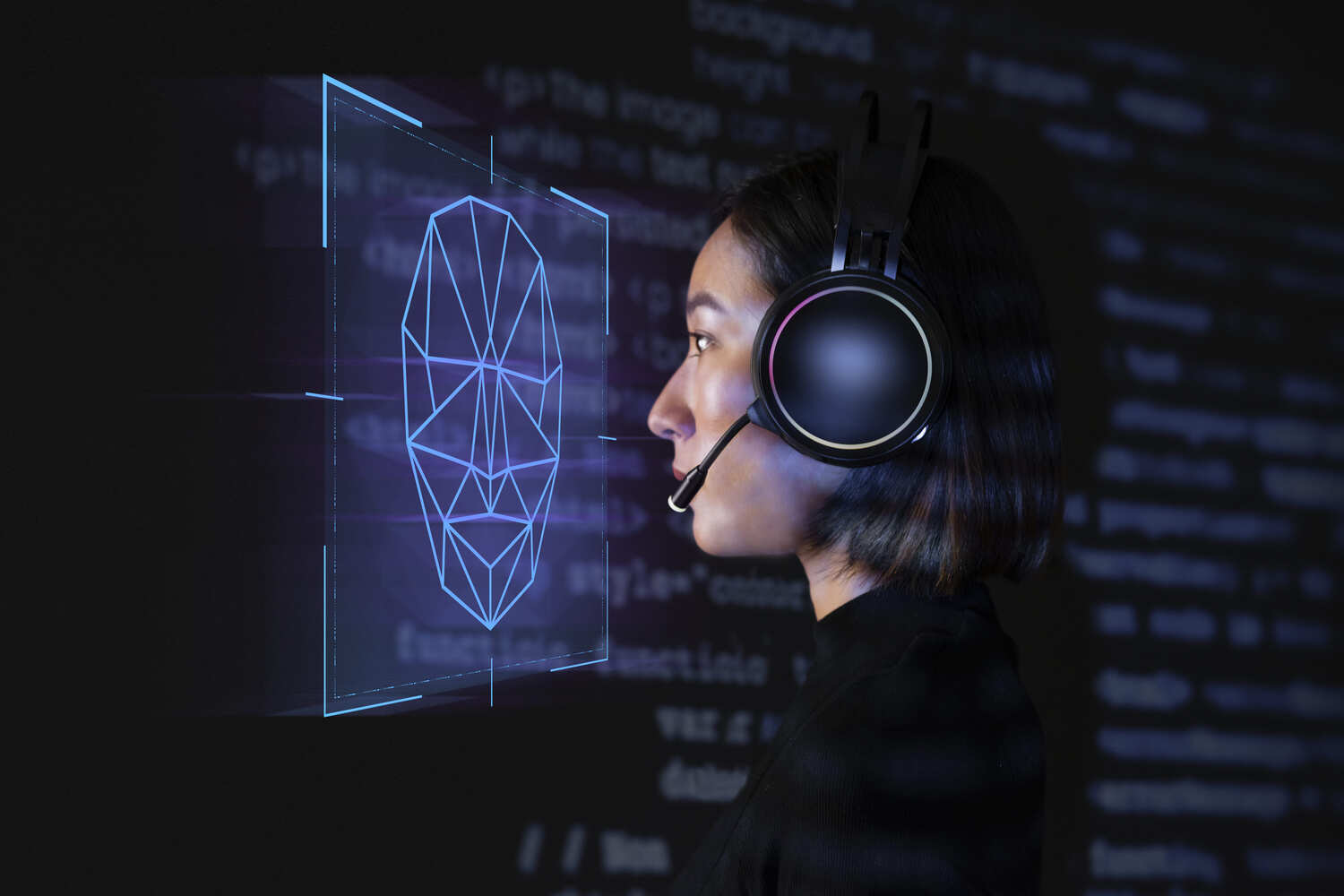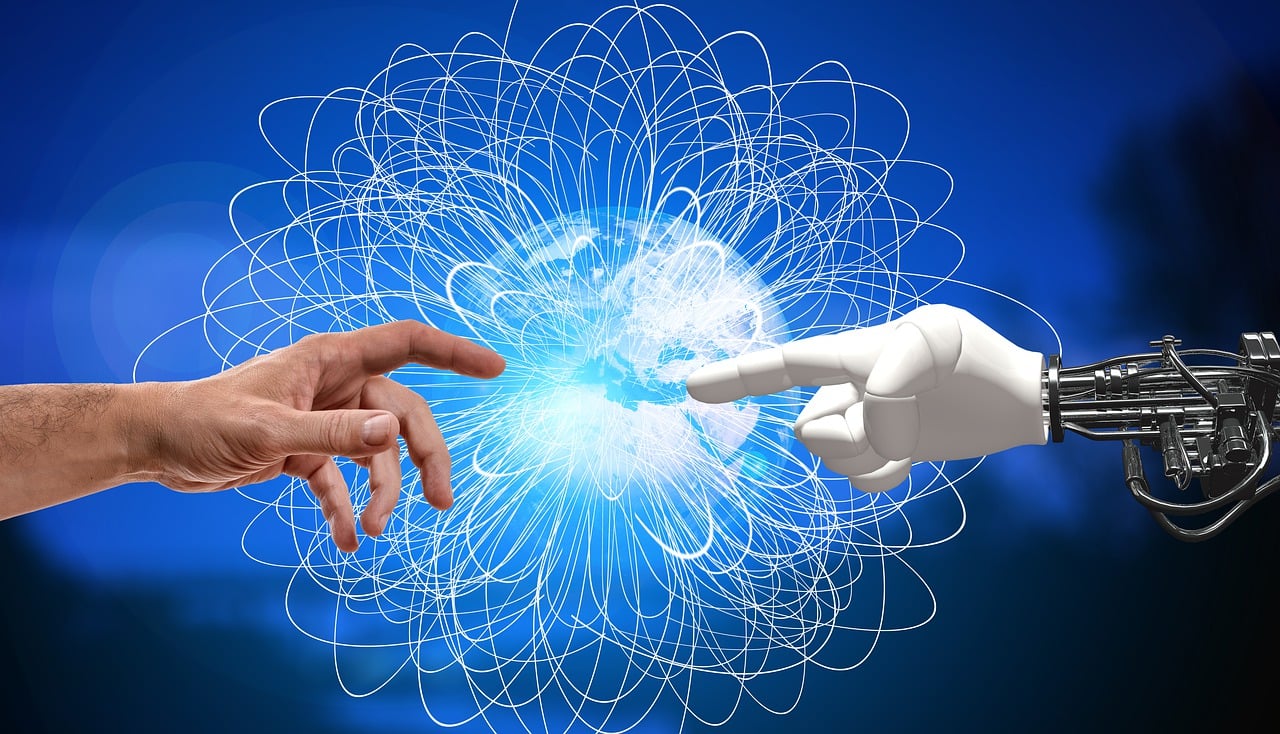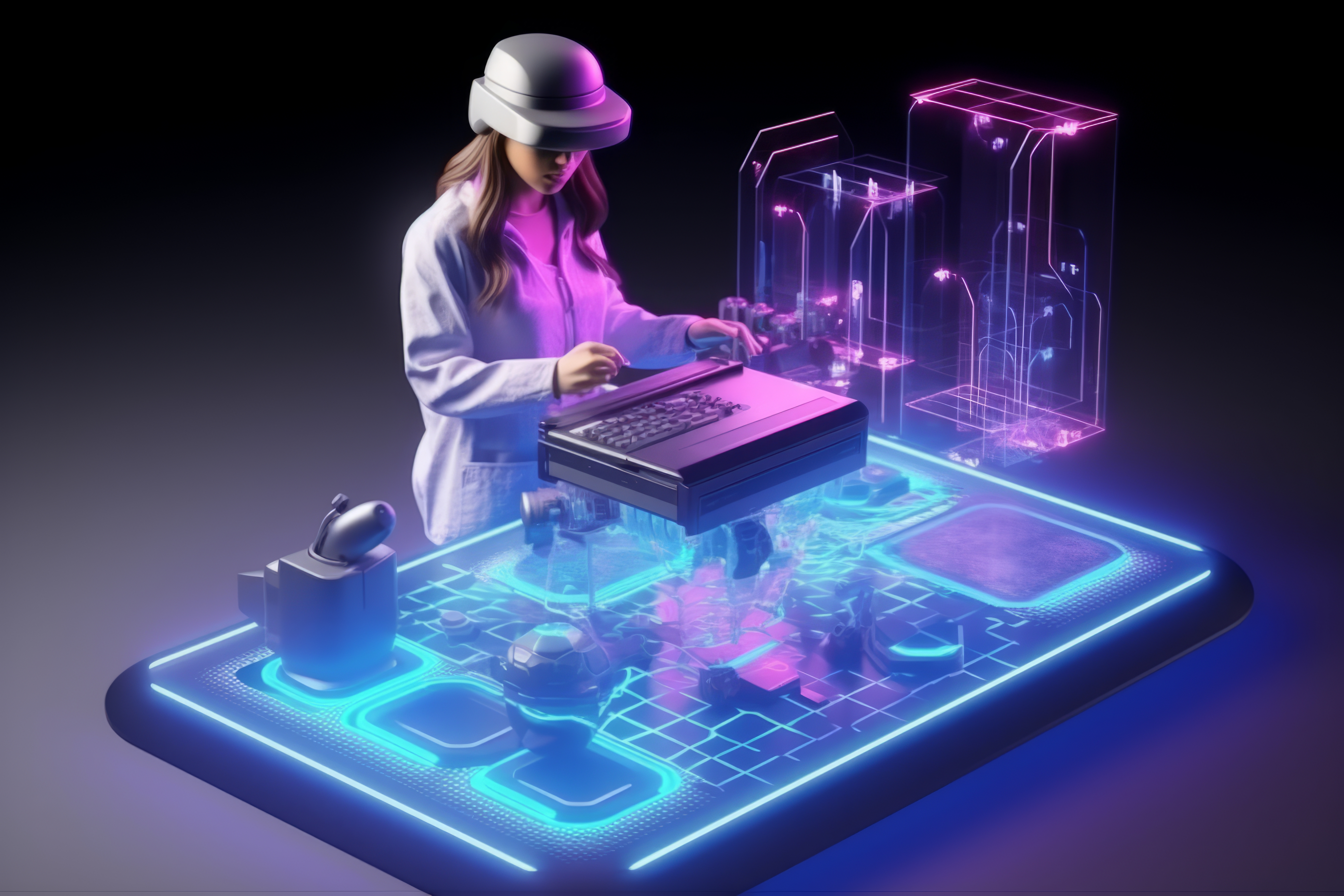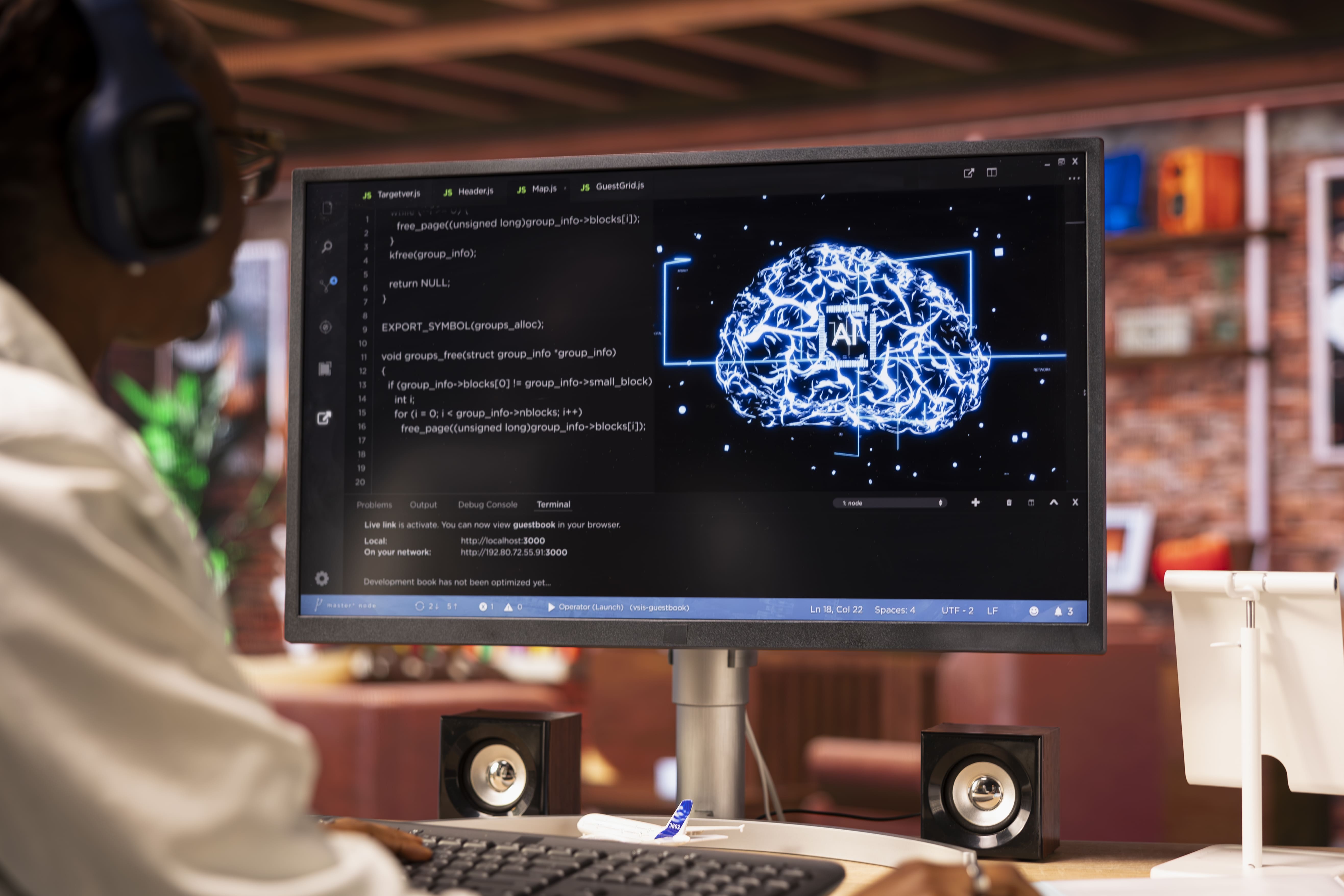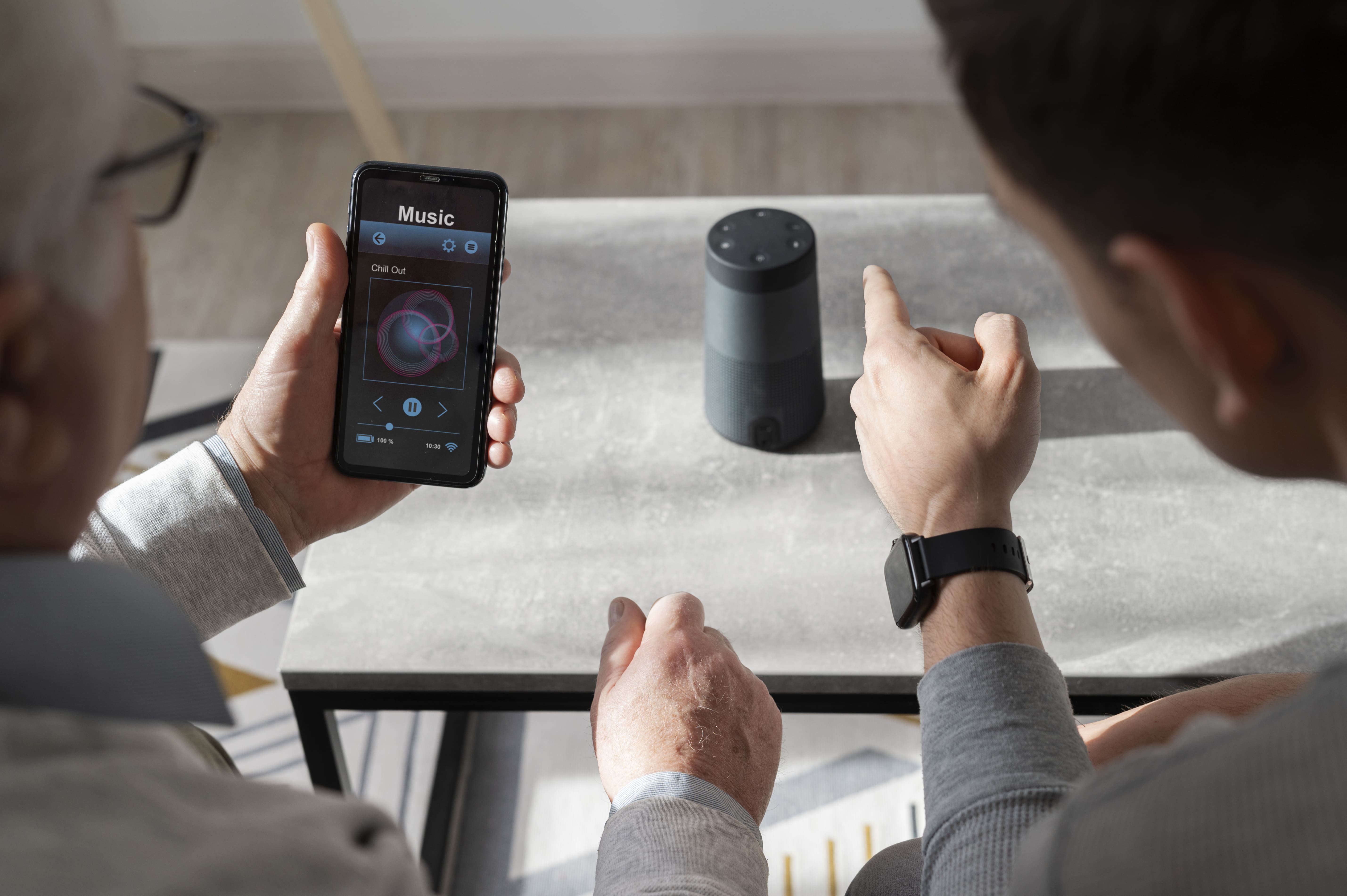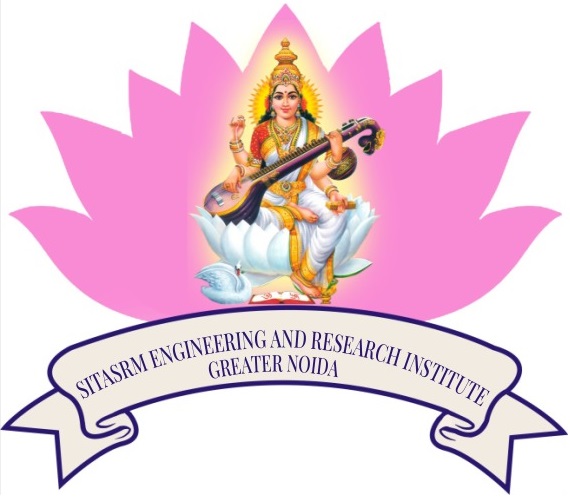 SITASRM ENGINEERING & RESEARCH INSTITUTE
SITASRM ENGINEERING & RESEARCH INSTITUTE
 SITASRM ENGINEERING
SITASRM ENGINEERING & RESEARCH INSTITUTE

SITASRM ENGINEERING & RESEARCH INSTITUTE
Menu
Voice Assistants and NLP: How Alexa and Siri Understand You
Introduction
You've probably asked a question to Alexa or Siri and been amazed at how they understand you. It feels like magic, right? But it's not. The seamless conversation you have with your smart speaker or phone is all thanks to a complex field of artificial intelligence known as natural language programming. This technology is what bridges the gap between how we speak and how computers process information. It's the reason an AI voice assistant can turn a simple command like "set a timer for 10 minutes" into a series of actions.
This blog will explain the core concepts behind how these voice assistants work. We'll explore the key natural language processing techniques that allow them to listen, understand, and respond to your requests.
From Sound Waves to Meaning: The NLP Pipeline
Think of your interaction with Alexa or Siri as a multi-step process. When you speak, your voice doesn't go straight to a search engine. Instead, it goes through a "pipeline" of different stages.
1. The Listening Phase: Automatic Speech Recognition (ASR)
The first step is for the device to convert your spoken words into text. This is handled by Automatic Speech Recognition (ASR). The microphone in your device captures your voice as sound waves. The ASR model then analyzes these waves to identify phonemes—the smallest units of sound in a language. It then pieces these phonemes together to form words and sentences. This is a critical first step. For a long time, this was the biggest hurdle for voice technology.
2. The Understanding Phase: Natural Language Understanding (NLU)
Once your speech has been transcribed into text, the real natural language processing begins. This is where the computer tries to understand the meaning behind your words. It's not just about a word-for-word translation. It's about figuring out your intent. This is where a number of natural language processing techniques come into play.
- Tokenization: The text is broken down into individual words or "tokens." For example, the sentence "Play my relaxing music playlist" becomes four separate tokens: "Play," "my," "relaxing," and "music playlist."
- Named Entity Recognition (NER): The system identifies and classifies key pieces of information within the sentence. In our example, "my relaxing music playlist" would be recognized as a specific entity. The system understands it's a type of music playlist, not a person's name or a place.
- Intent Detection: This is arguably the most important part of NLU. The system has to figure out what you want to do. Do you want to play music? Find a restaurant? Set an alarm? It maps your command to a specific intent. For our example, the intent would be "play music." This is a core part of natural language programming that makes voice assistants so useful.
The Response: Dialogue Management and Generation
After understanding your intent, the AI voice assistant needs to formulate a response. This process is also powered by advanced natural language processing techniques. The system uses a dialogue management component to decide what to do next. It might access a music streaming service to play the playlist you requested. Or, if it needs more information, it might ask a clarifying question.
Finally, the response is generated. The system can pull information from various sources—the internet, a knowledge graph, or a local database. That information is then converted back into a human-sounding voice using a Text-to-Speech (TTS) model. The result is the smooth, conversational reply you hear from Alexa or Siri.
Real-World Examples and The Future of Natural Language Programming
The advancements in natural language programming are changing our daily lives. From smart speakers in our homes to navigation systems in our cars, voice assistants are everywhere. According to recent data, as of 2025, there are around 8.4 billion AI voice assistant units in use, which is more than the global population. This shows just how much we've come to rely on them.
A great real-world example is how Siri handles complex commands. You can say, "Siri, remind me to buy milk when I get to the grocery store." Siri doesn't just hear "buy milk." It uses natural language processing techniques to understand the request, identifies the entity "milk," and links the action to a specific location "the grocery store," using your phone's GPS data. This isn't just a simple command; it's a context-aware task that showcases the power of natural language programming.
The future of natural language programming is even more exciting. As models get more powerful, we can expect voice assistants to have more nuanced conversations, understand multiple languages and accents more accurately, and even detect emotion in our voices. "The technologies of machine learning, speech recognition, and natural language understanding are reaching a nexus of capability," notes Amy Stapleton, a leading voice AI expert. "The end result is that we'll soon have artificially intelligent assistants to help us in every aspect of our lives."
Conclusion
The next time you ask Alexa to play your favorite song or tell Siri to send a text message, remember the incredible journey your voice takes. It's not magic, but rather a brilliant orchestration of complex natural language processing techniques. From the initial sound wave to the final, human-like response, an AI voice assistant is a masterclass in modern artificial intelligence. The field of natural language programming is continuously evolving, promising a future where our interactions with technology will be more natural and intuitive than ever before.
